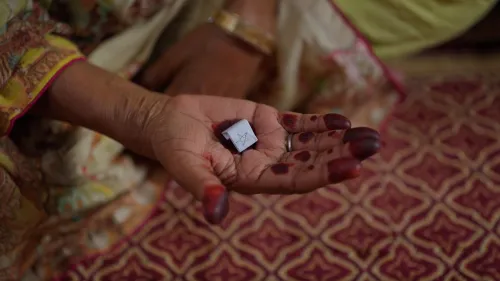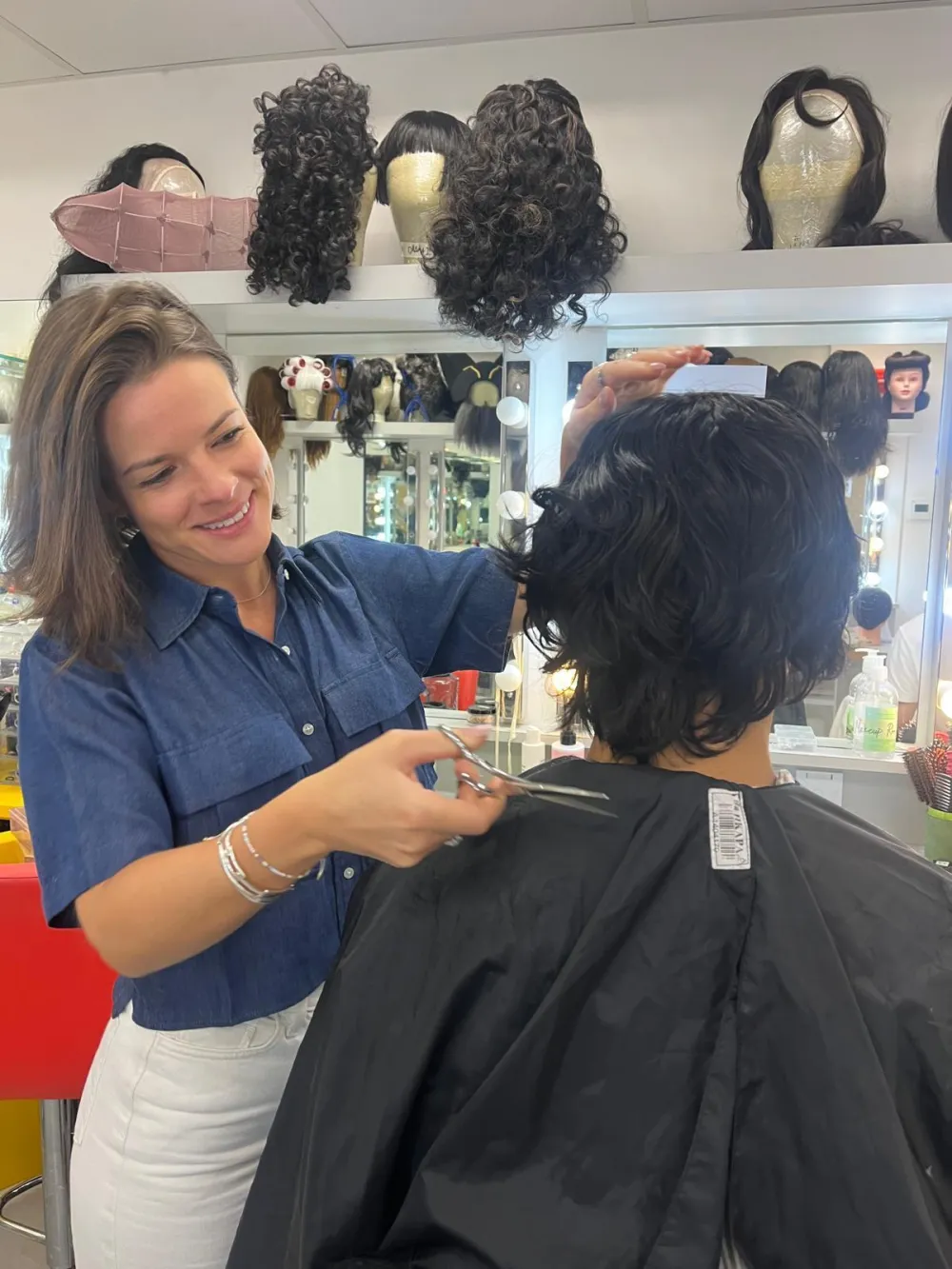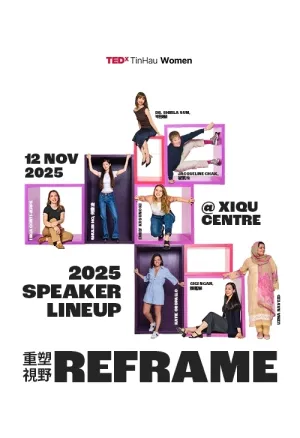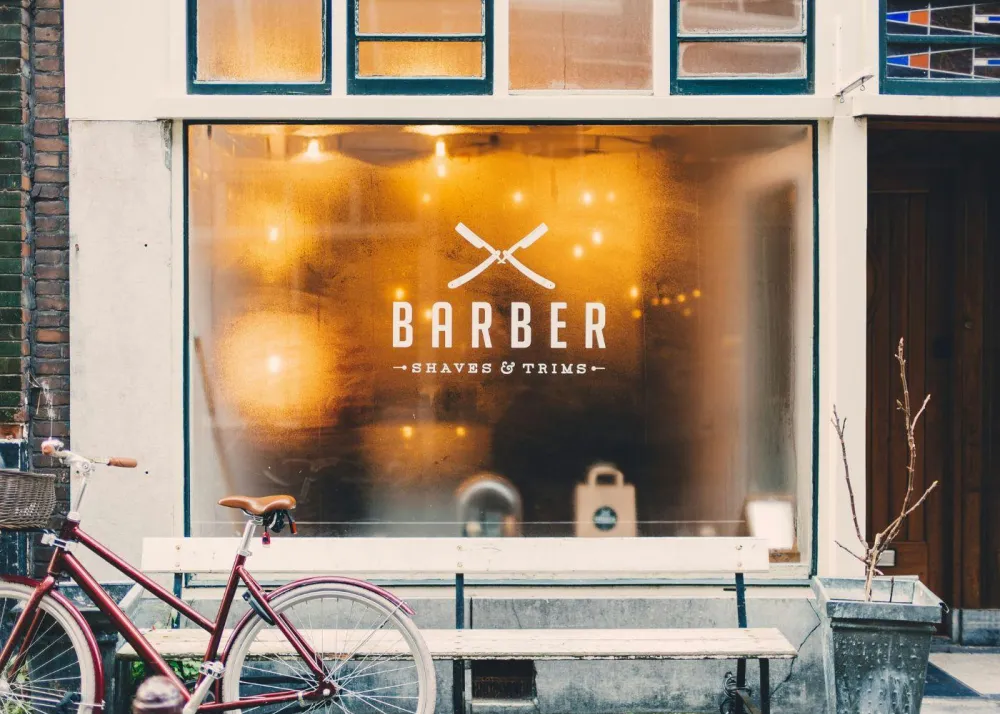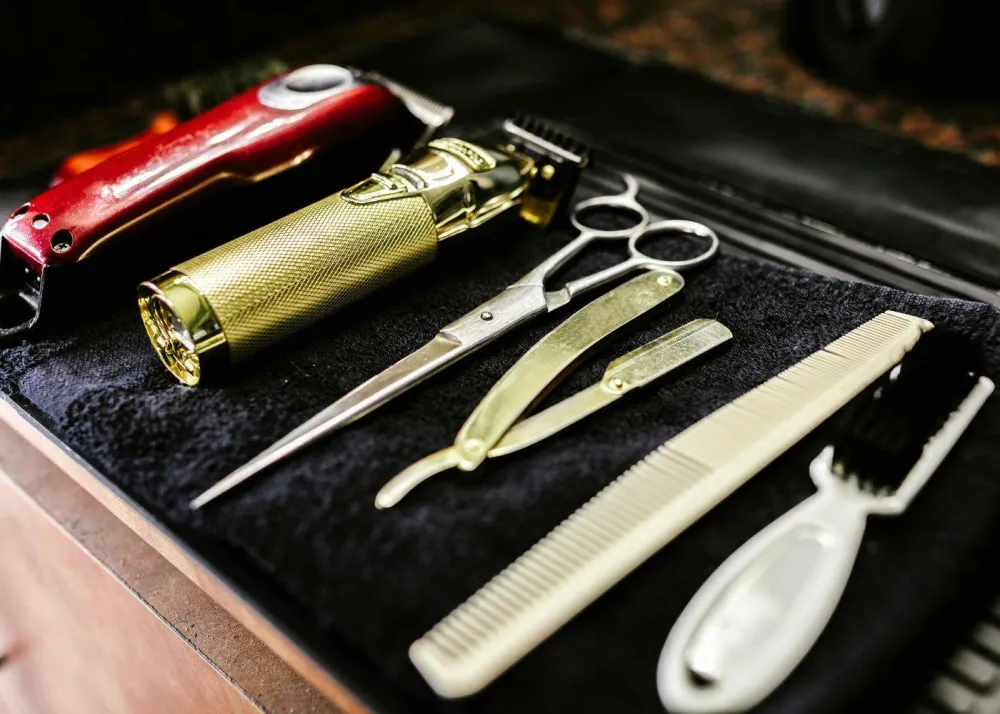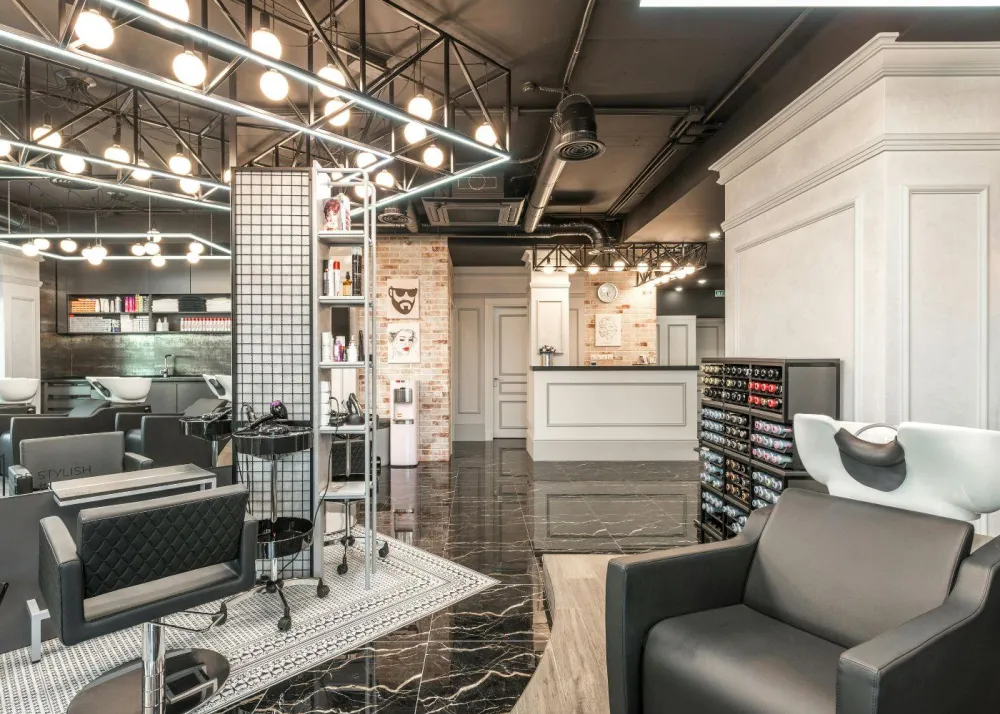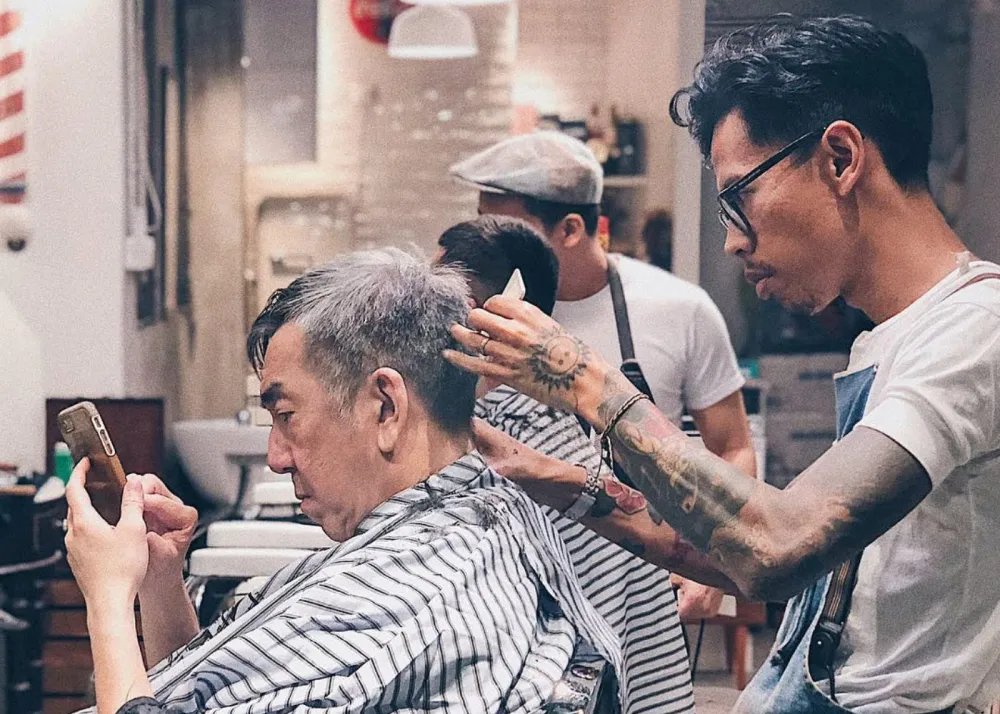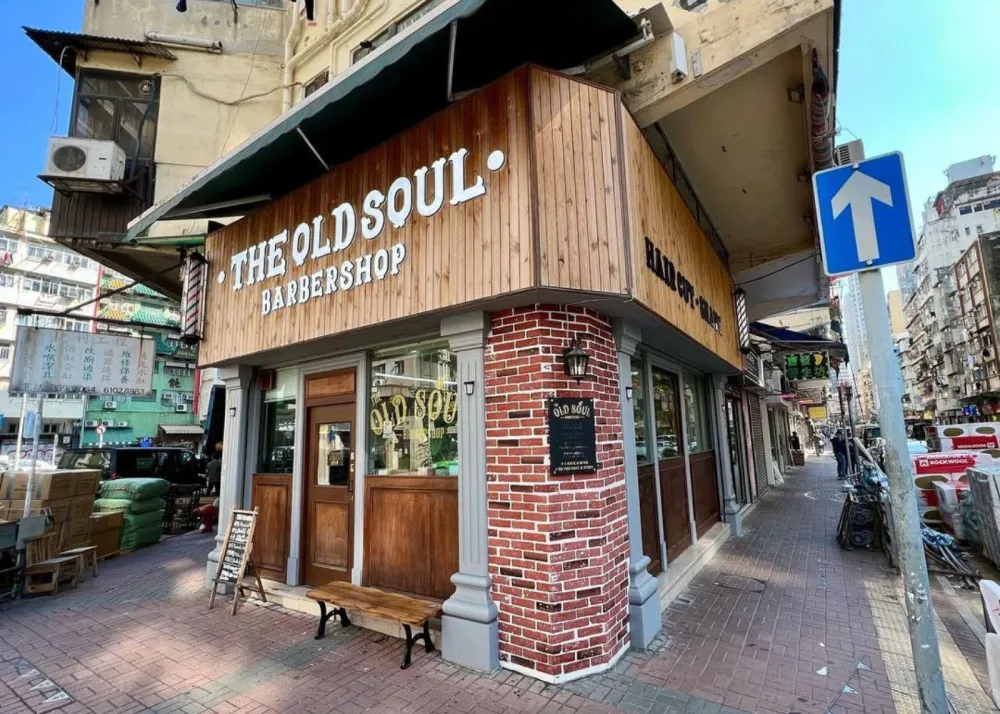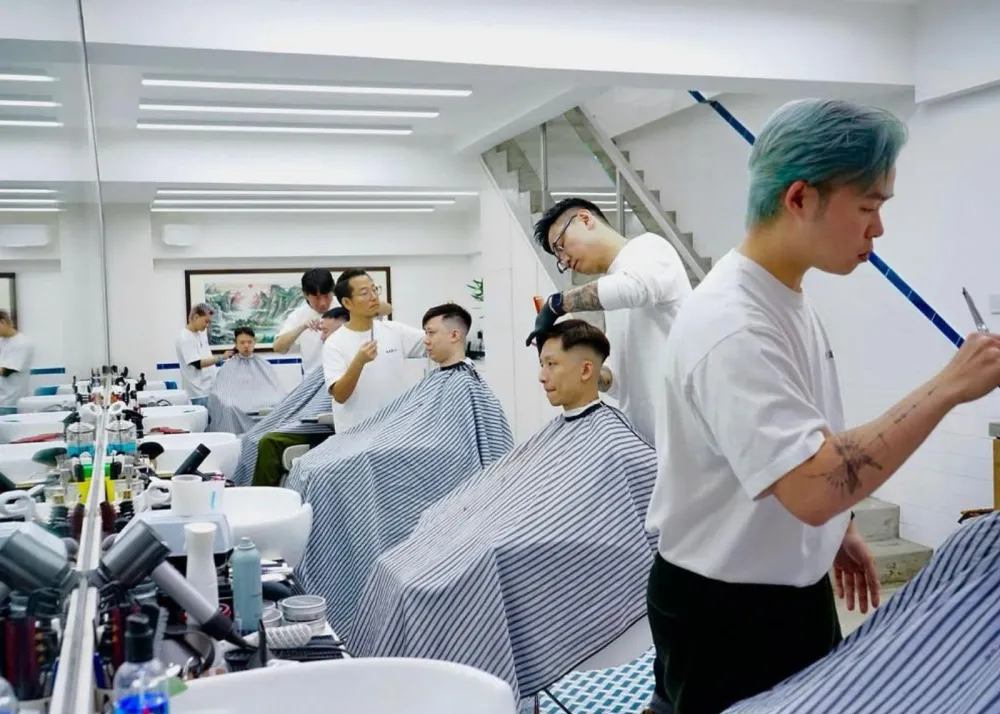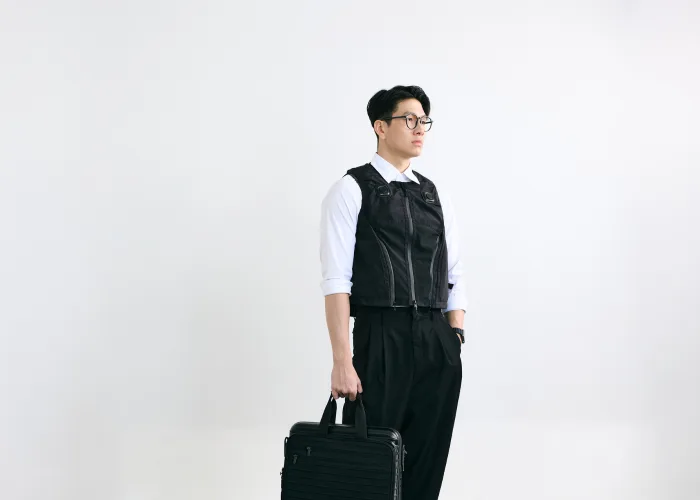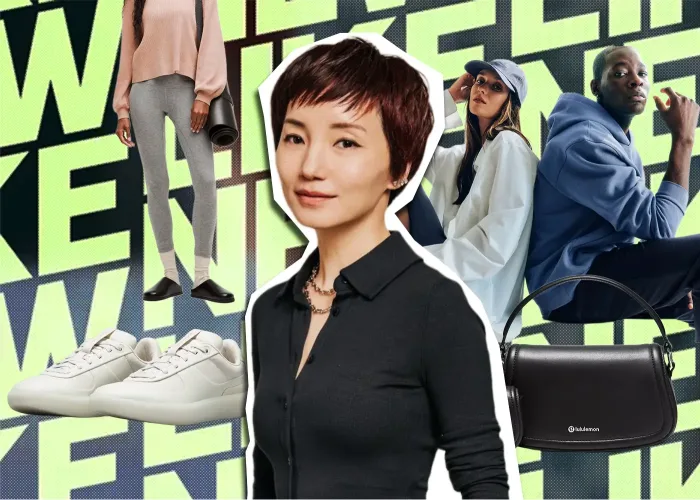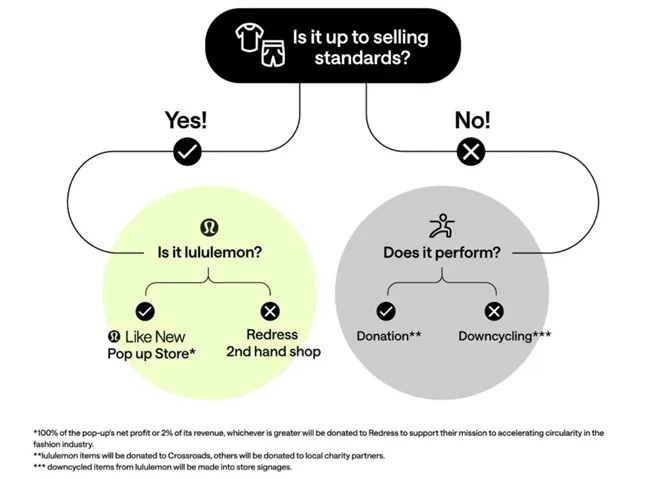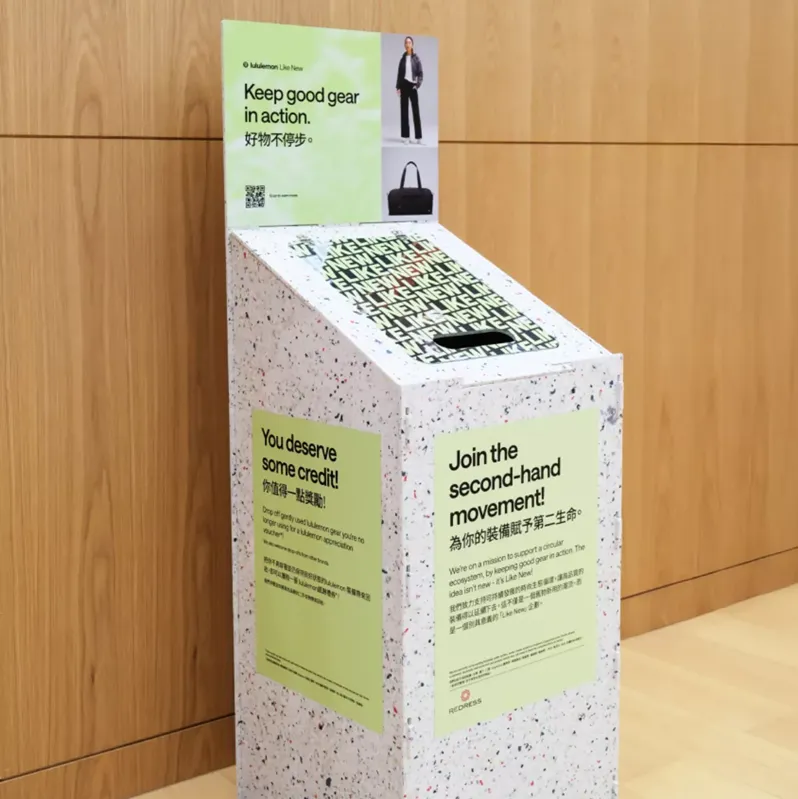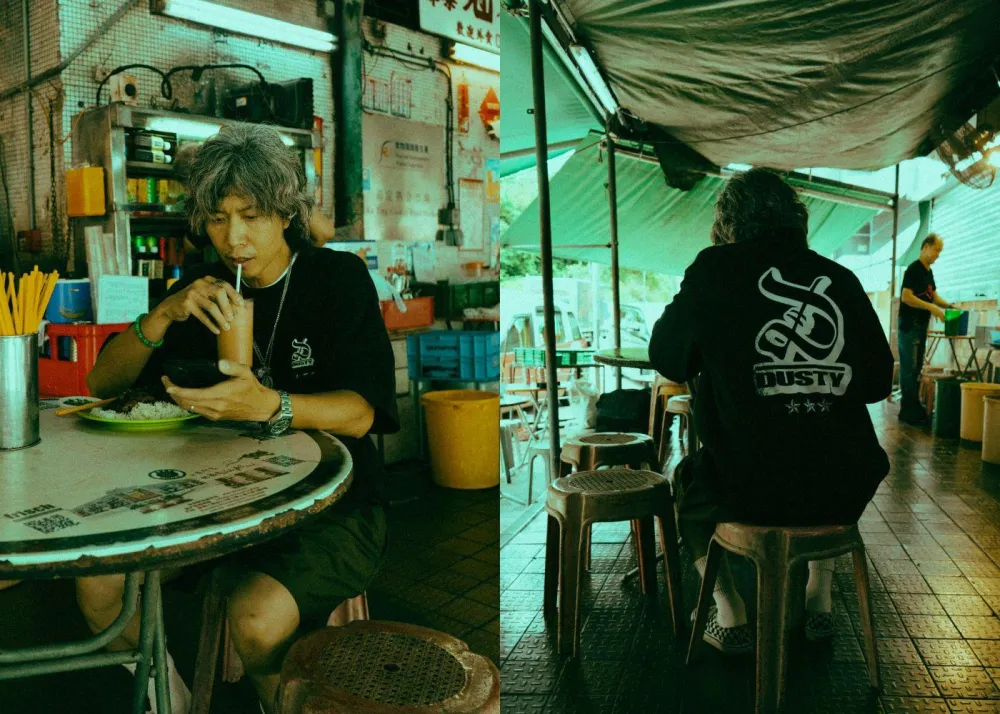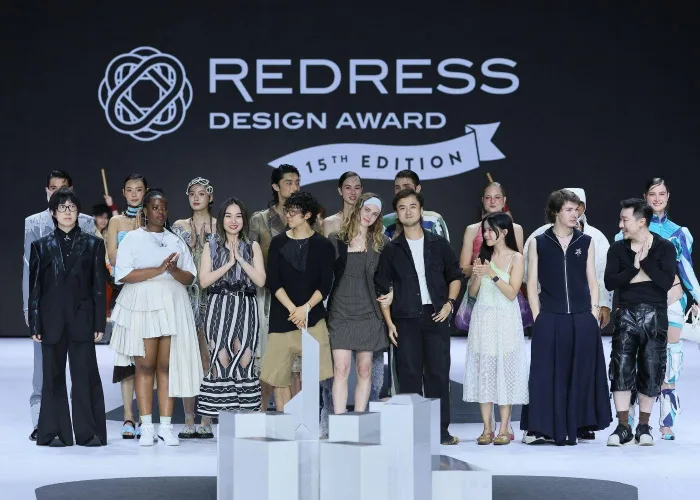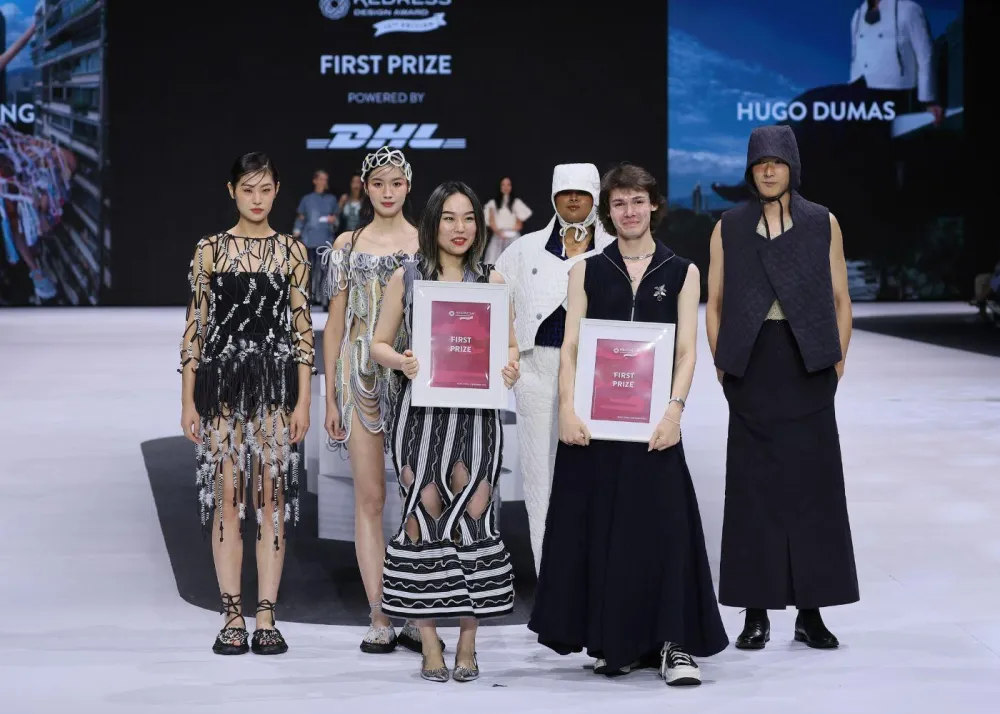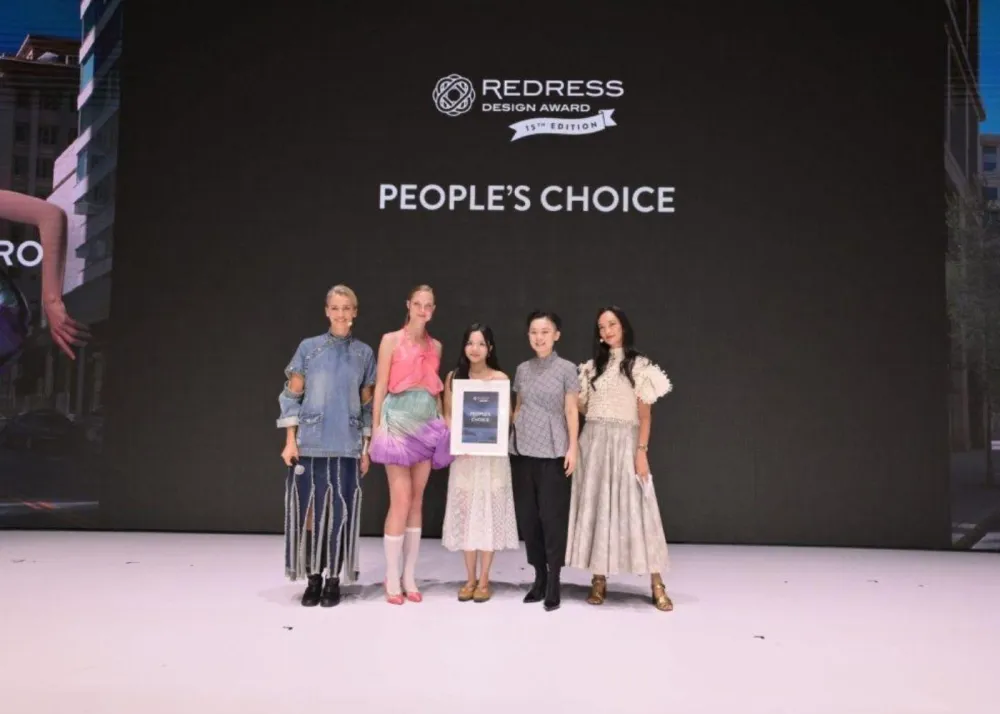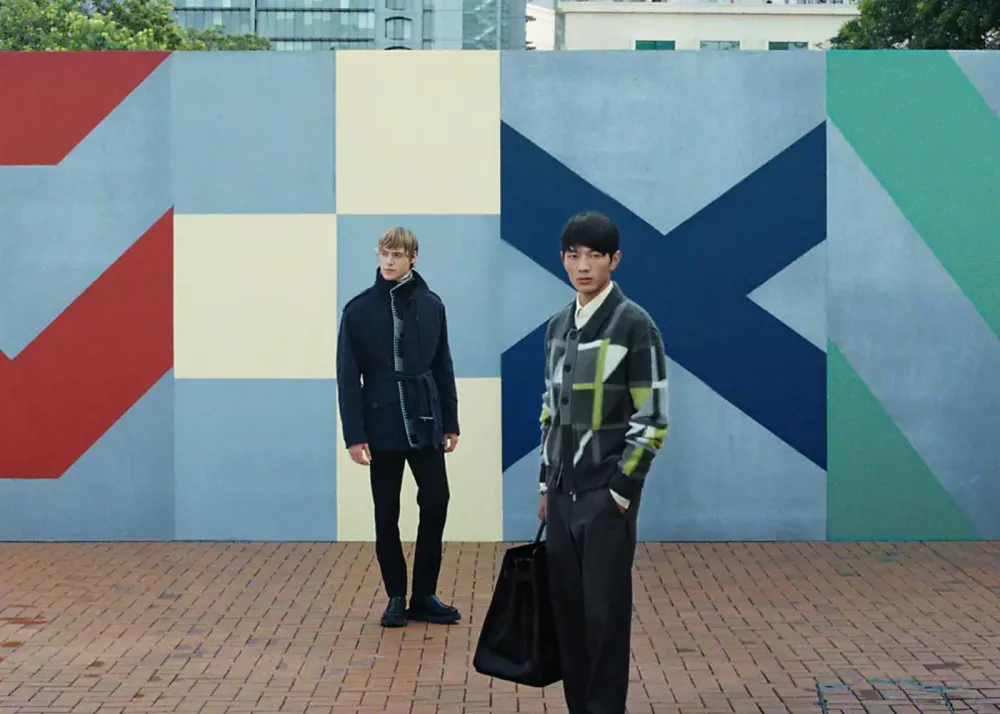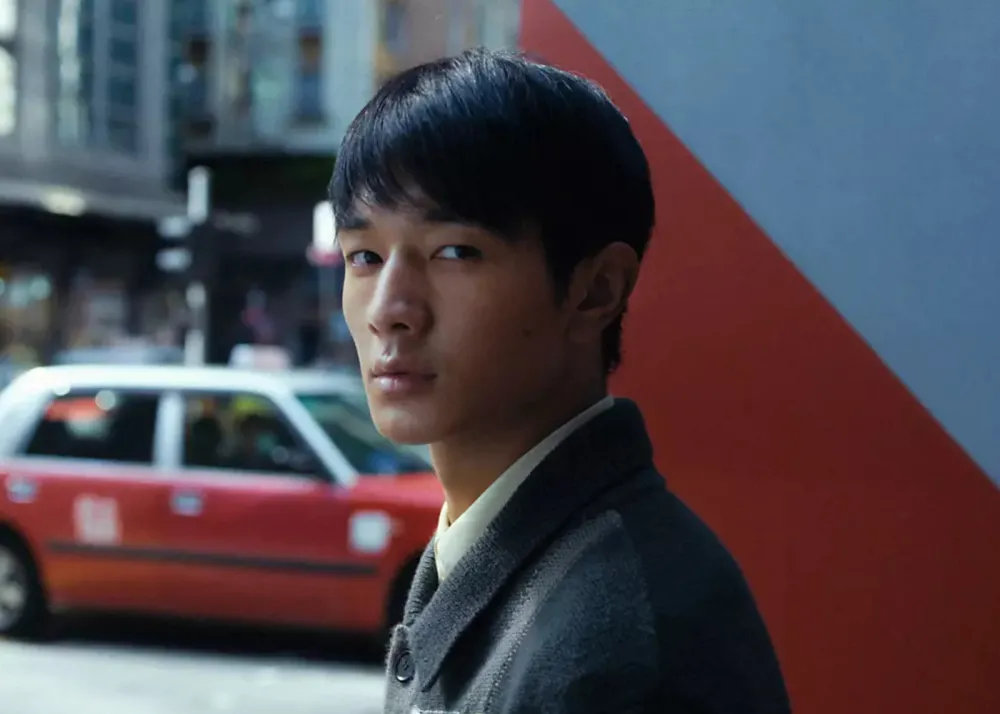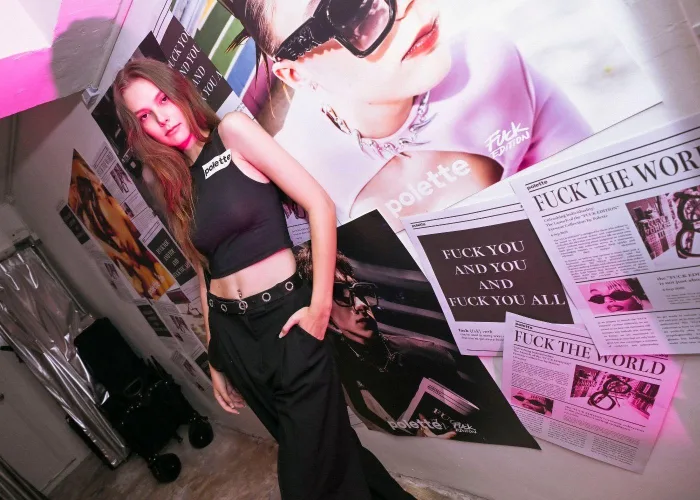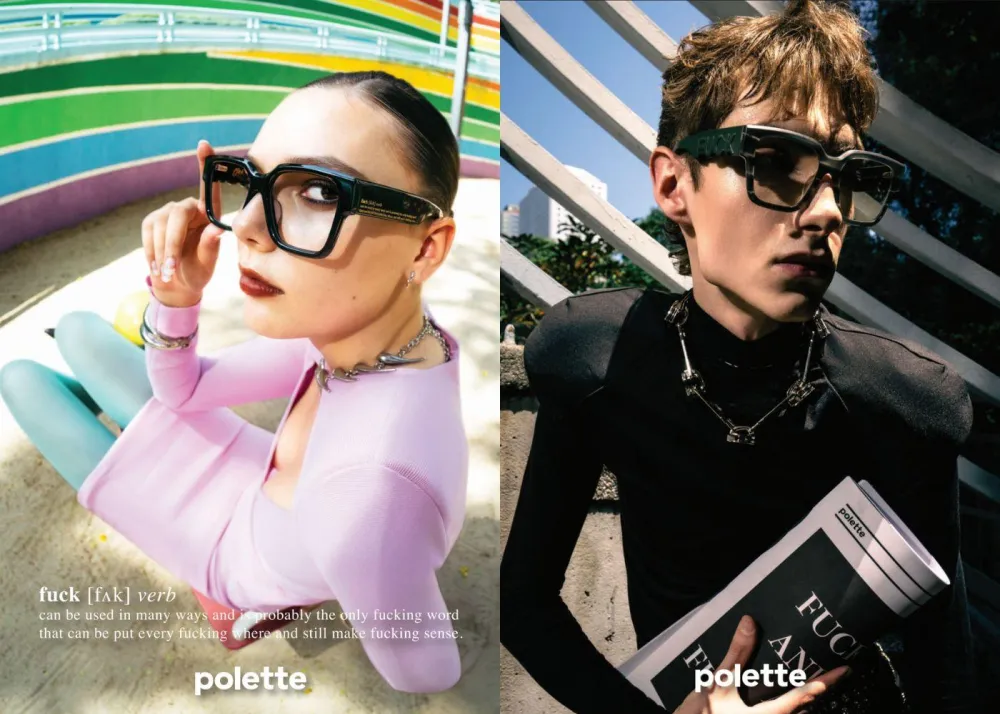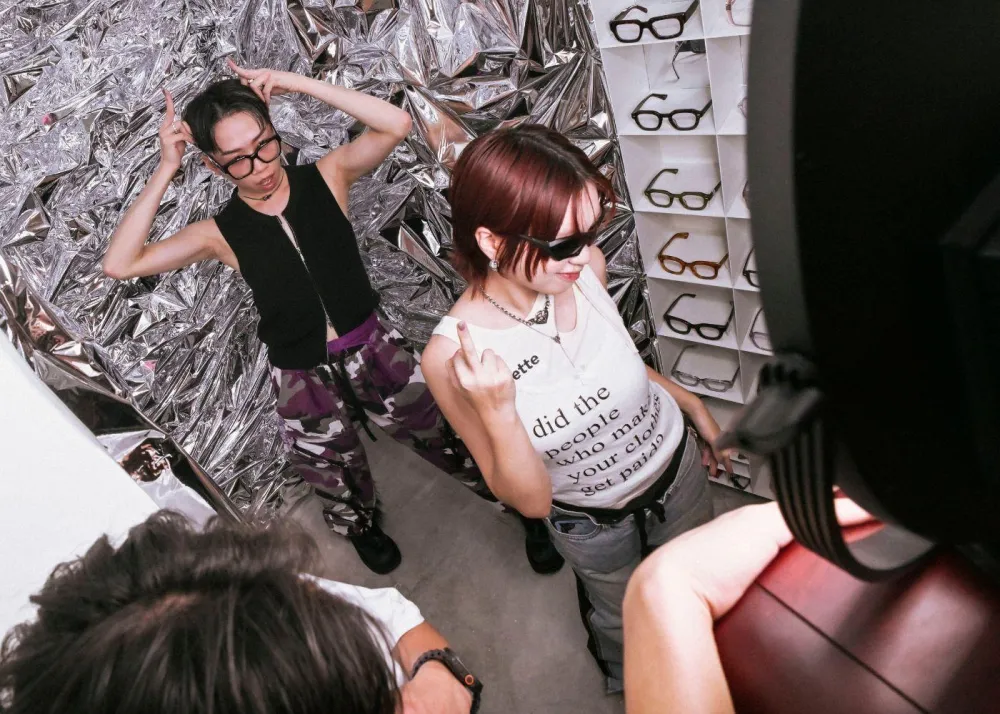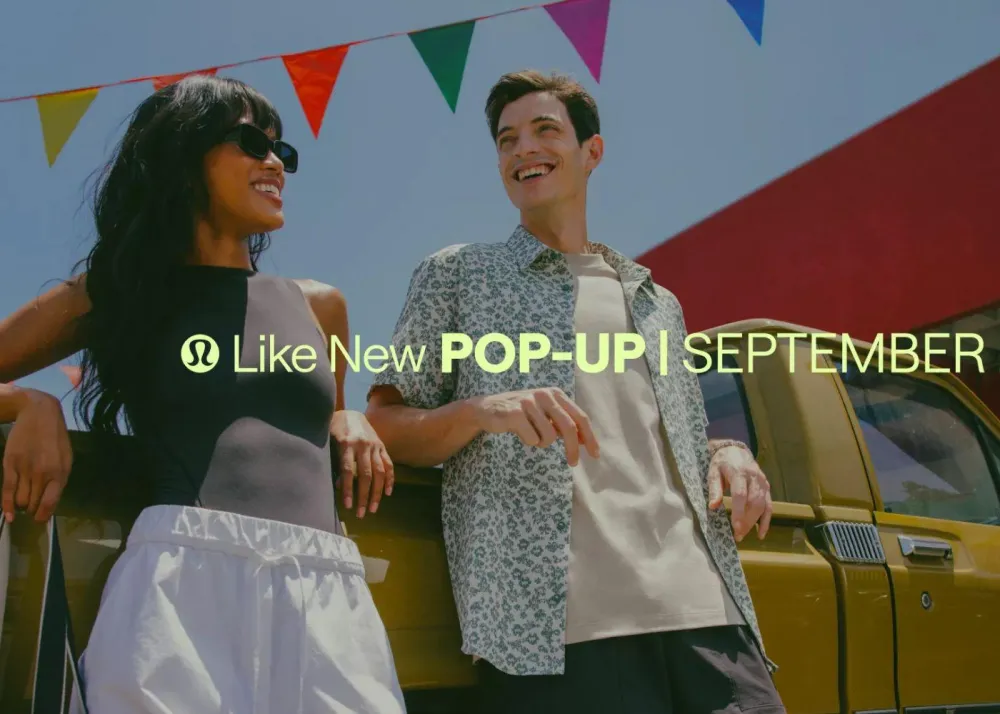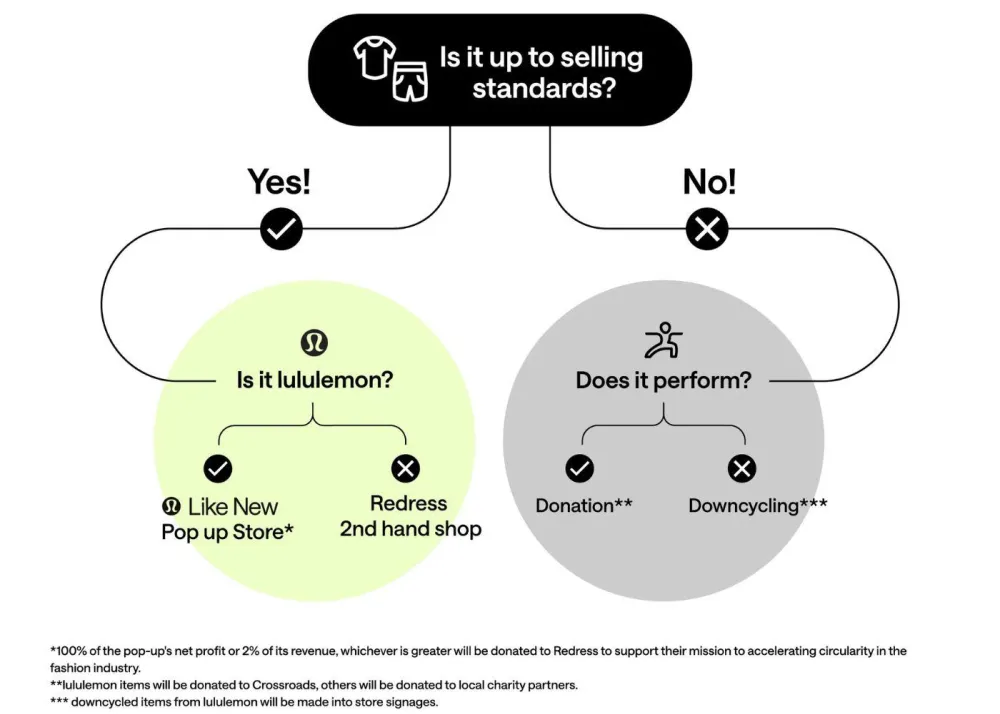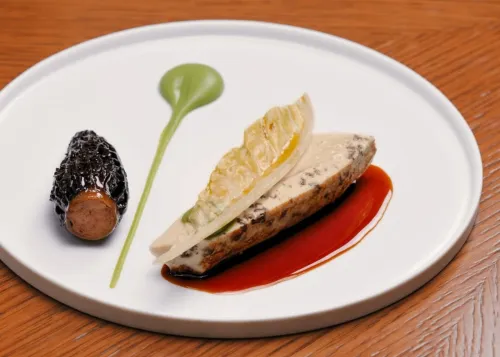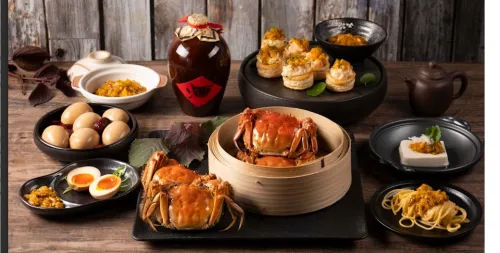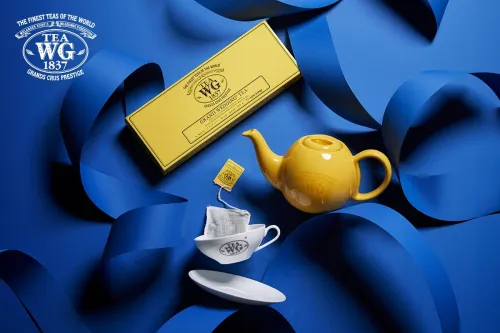Empowering Fashion Futures: Dean Erin Cho on Pioneering Education at PolyU

This interview is part of The Beat Asia’s International Women’s Month coverage. Through highlighting women’s voices, we are celebrating and uplifting the women around us through their stories and multifaceted experiences.
In 2022, the School of Fashion and Textiles (SFT) at The Hong Kong Polytechnic University broke away from being a sub-school of the institute’s engineering school, showing the rapid-fire growth of opportunities in the sector. Leading the charge in establishing this new independent school is Dean Erin Cho, who has 25 years of cumulative experience in academia, including leading as Dean of Parsons School of Design – and being the first Asian woman to do so.
Overseeing curriculums that marry together the power of technology and the goal of enhancing sustainability, Dean Erin has empowered many students to embrace the potential clothing and fashion hold in impacting our lives from beyond just the closet or on our backs. In an interview with The Beat Asia, she shares how she has been able to make a mark on the development of fashion as an advocate for sidelined communities, advice for up-and-coming talent, and her vision for what lies forward in design and beyond.

As the first Asian, female dean at Parsons School of Design, you have left an indelible mark of representation in the fashion education world. What was your journey like in attaining that role and how did you overcome the challenges in getting there?
While reaching a leadership position was a challenging journey back in the 1990s, it was rare to see an Asian woman and immigrant with an accent in a leadership role. Not to mention how historically, the fashion industry – like many others – has been predominantly dominated by white males in leadership roles. Therefore, I had to overcome numerous barriers.
Over time, I gained valuable institutional understanding and knowledge, which equipped me to address critical academic matters. Eventually, an opportunity arose for me to assume the role of school dean, and it arrived at the perfect time.
Regardless of my competence and achievements, my progress was not solely due to my capabilities. It was the strong foundation and support of my community that propelled me forward. Recognising the critical agendas I wanted to promote within the organisation and my community, I felt that I was not alone in navigating this complex landscape, as there was immense trust coming from my community.
Through collaboration and mutual understanding, we built a strong network that advocated for important issues. While I cannot gauge the significance of these endeavours to others, it is crucial that women in the minority Asian community learn to voice their concerns, and elevate their priorities.
How can fashion and design education benefit from having more women at the top?
It always intrigues me when the fashion industry is supposed to cater to all of humanity, yet its representation lags behind, as women and other groups are still heavily underrepresented.
It is important to note that addressing this issue is not about women overpowering men. Instead, it is about recognising the significance of supporting and celebrating the work of female fashion designers, as well as promoting gender equality within the industry. By doing so, we can encourage leadership styles and traits that are highly applicable to future global challenges.
While fashion leadership should be diverse and not limited by gender, female fashion designers and leaders possess remarkable abilities to create designs that empower women.
For instance, one of our School of Fashion and Textiles (SFT) Professors, Dr. Joanne Yip, is currently developing wearable tech undergarments that can assist breast cancer patients. Such an example highlights the unique contributions female leaders bring to the industry and how their work can have a positive impact on society at large.

Why is it important to consider technological developments and sustainability when working in fashion design?
For a better planet and the benefit of humanity.
We firmly believe in the transformative power of fashion and textiles, when combined with technological advancements, but we also recognise the industry's significant environmental impact, making it crucial to prioritise innovation and sustainability for long-term planetary benefits.
As educators, we have a responsibility to equip future leaders with awareness of real-world issues and the skills to address them effectively by fostering an understanding of fashion's environmental impact and promoting sustainable practices. Such as educating them about breakthroughs in fibre sciences and biodegradable materials like natural fibres, outperforming cotton in comfort and humidity resistance. We can shape a new generation of devoted, well-informed leaders who drive positive change in the industry and beyond.
What is special about the needs of female consumers in fashion? How can these needs be better addressed by the industry?
As we navigate a more inclusive and socially conscious world, it is crucial to acknowledge how societal influences shape consumer needs in fashion and clothing. Women are increasingly aware of the social impact of their purchasing decisions and are embracing sustainability and responsibility as core values.
We also observed the rise of the "she economy" in China, and how it brought forth a trend where female consumers prioritise their happiness and self-love in their purchases. This includes considerations such as body positivity, size and colour inclusion, and breaking invisible boundaries for women to embrace their authentic selves.
Fashion brands nowadays must prioritise diversity and inclusivity to ensure that all women feel accepted and appreciated through fashion – regardless of size, materials, composition, and design. In fact, some brands have successfully established themselves as consumer favourites by prioritising the needs of Asian women through tailored sizes and designs, catering to an often-overlooked group within the fashion industry.

The role of fashion in confronting real-world, human challenges is a huge theme in your work at the School of Fashion and Textiles at Hong Kong Polytechnic University (SFT). What is the first step in advocating for a human-centred and social impact-driven approach to design amongst your students?
As an academic, the first step comes from education. At SFT, we believe that fashion is multifaceted, and our curriculum covers various aspects: including materials, fibre science, textiles, supply chain, design, technology, et cetera. We have structured our curricula into strategic areas such as wearable and smart textiles, costume and culture design, with a significant focus on science-based, human-centred approaches. The ultimate goal is to address real-world problems and drive social impact.
One of our key priorities in teaching and research is sustainable fashion. It serves as a guiding principle in our approach to managing our social and environmental impact.
To actively engage our students in sustainability, we organise competitions like "Fashion the Future," which focuses on upcycling textile waste into new creative designs. By providing opportunities for students to work on real-world challenges, we foster innovation and encourage the creation of unique and sustainable fashion while addressing the issue of textile waste.
What’s more, SFT is also putting a strong emphasis on Social Fashion Design as we believe that fashion can possess social transformative powers. One of our esteemed faculty members, Assistant Professor Dr. Jin Lam has dedicated years of research to investigating the impact of Expressive Textile Arts and integrating them into social learning subjects.
Through this research, it has been observed that the process of textile art creation offers a multi-dimensional experience that can serve as a healing process for individuals facing mental and/or physical discomfort. By incorporating these practices, we aim to explore how fashion can serve as a vehicle to drive inclusion and improve the situations of those who are marginalised or facing challenges.

What are some memorable or particularly impressive student projects that you have seen so far?
I have always been proud of our students, and it is inspiring to see their talent and expertise in action. There are two stories I would like to particularly highlight.
Postgraduate student Dik Nga-yin developed a virtual garment fitting prediction model using machine learning algorithms. This project showcases her innovative approach to addressing the physical and psychological needs of wearers, ultimately aiming to enhance customer satisfaction in fashion purchases. Her project garnered exposure at a few conferences such as Human Factors for Apparel and Textile Engineering International Conference, and was published in journal articles such as Heliyon, highlighting the significance of her research and the value it brings to the field.
Another student Liu Jing, who is studying fashion design, has made notable achievements in the areas of 3D printing and textile innovation. She has received more than 10 awards in various international competitions and exhibitions and has also been awarded the "Longitude and Latitude Plan" for creative design talents in Keqiao, China, which includes a substantial grant of RMB350,000 to support her future design research.
What advice would you give to the next generation of changemakers in fashion?
Be confident, challenges and difficulties are inevitable. What’s important is how you see and frame them. With each challenge you face, you have the opportunity to develop new skills, deepen your understanding and ultimately emerge stronger than before.
The second thing I learnt from my experience is to never underestimate the power of collective intelligence. No matter how talented and gifted, one can never accomplish big things alone. If you want to make change that affects the trajectory of human advancement and society, you need a team that shares common goals, values, and visions. As I always say, we are stronger than we think.
This interview has been edited for length and clarity.
Click here for Dean Erin’s academic profile. For more information on new developments from Dean Erin and the School of Fashion and Textiles at The Polytechnic University, click here.
Click here to see the rest of our International Women’s Month series.
Get the latest curated content with The Beat Asia's newsletters. Sign up now for a weekly dose of the best stories, events, and deals delivered straight to your inbox. Don't miss out! Click here to subscribe.




